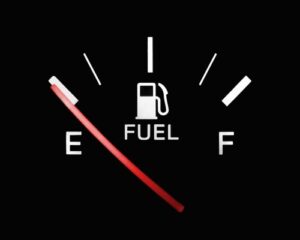Every great adventure in our lives comes with risks. This is especially true for those planning on starting a business and doubly true for those starting a business in the food processing industry.
These things shouldn’t make us lose heart and abandon our entrepreneurial dreams. Instead, they can help inform our strategies as we tread into these unknown waters. For those ready to take on the challenge, learn about the top risks in the food processing industry.
Supply Chain Disruption
COVID-19 impacted virtually every facet of the economy, and the food supply chain is no exception. But the process that brings food from farms to people’s dinner tables faces other hazards. Stay wary of the following:
- Weather conditions
- Fuel prices
- Climate change
- Natural disasters
- Labor issues
As a food processing business owner, these factors can raise the prices of your ingredients or force you to find new suppliers, both of which can cost your business time and money.
Changing Consumer Preferences
Factors such as dietary fads and new scientific discoveries can shuffle food items in and out of the spotlight. This can make it challenging for food processing businesses to predict changes in the market and puts them at risk of losing customers.
Hygiene Concerns
Hygiene is critical to the food processing industry. Lapses in hygiene lead to tainted food as well as sick customers and employees. This can result in financial and legal repercussions that can seriously damage a business. That is one of the reasons this industry must adhere to such strict standards, like the 3-A standards of business.
Employee Safety
Hygiene isn’t the only factor that may impact the health and safety of a business’s employees. Food processing involves working with heavy equipment and machinery, and this creates a risk factor in any industry.
Companies that work with heavy equipment require more training and safety precautions to be put in place, such as railings, nonstick surfaces, and signage. But by knowing where common food industry risks lie in your facilities, you can take steps to navigate them to keep your employees safe and your business thriving.










